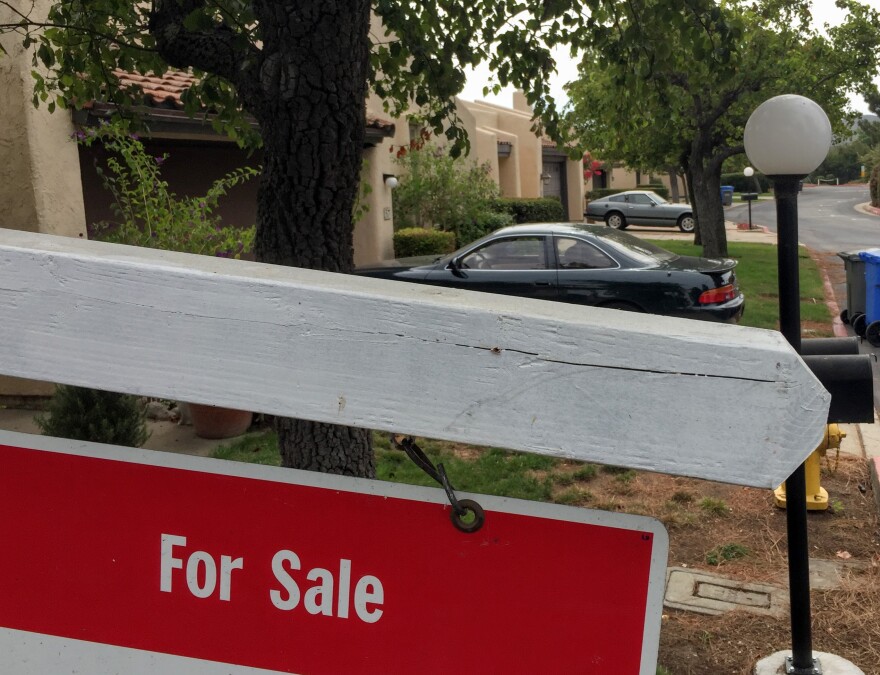Can the Central Coast ever be an affordable place to live? That question was pondered Thursday at the San Luis Obispo County Housing Summit. Local leaders, city planners, home builders, and realtors from across the state met to share experiences in creating affordable housing. But the big question being asked is, what kind of housing is necessary?
In a San Luis Obispo hotel ballroom, a Who’s Who of California housing experts showcased their development projects - either completed or underway, many aimed at a variety of incomes.
"It's a home ownership project that we did called Moylan Terrace," Scott Smith, executive director of the San Luis Obispo Housing Authority, explained during the first of several panels. "It’s 80 homes. They are owner-occupied homes, and 27 of those were deed restricted homes. They were sold at below market prices."
Most of the speakers agreed the Central Coast can be an expensive place to live. But when talking about affordability, how to decide what’s affordable and to whom?
"Affordable housing will probably come up a lot today," Amanda Dunton said from the stage. "I think that term is very relative - [it's something] I don’t qualify for; my husband doesn’t qualify for. But a home in the $500-600 thousand dollar range that is affordable. We need more of that here."
But while affordable for Dunton, surely those kind of numbers must be out of reach for many across the Central Coast?
"We represent not just affordable housing, but the spectrum of housing that’s needed and reflects our community," said Andrew Hackleman, who is the executive director of the Home Builders Association of the Central Coast and helped organize the summit. "The message that we really want to get out there is that there is a spectrum of need, and instead of focusing on the argument and discussion that’s taken place over the past decades about anti-growth and wanting to preserve the character...we believe we can do both."
One way: smaller houses. They’re less expensive to build and you can build more of them. Another is incentives for developers to build more house for lower income individuals. And then there is zoning changes. Hackleman said recently, San Luis Obispo has been a model for all three.
"They’re doing a really good, honest look at how their fees are structured, trying to incentivize those smaller units for people who are working here, and they are listening to the development community," said Hackleman. "They are listening to the individuals here in the community - to what they want and need."
According to Hackleman and many of the speakers at the summit, they’d like to change the perception that more development is perceived as a bad thing. Instead, they say, it's an opportunity for more kinds of people to live in the same place.





